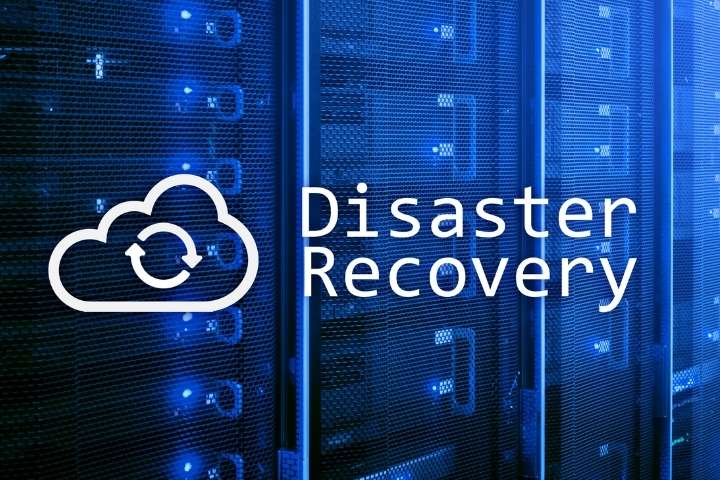The sooner information systems resume work, the more minor consequences. Therefore, companies create disaster-tolerant infrastructures by deploying spare capacity on physical servers or clouds.
Grand View Research predicts that the global market for disaster recovery solutions will reach $26.23 billion by 2025. Demand is growing as IT systems become more complex, so the number of cases of infrastructure failure due to external and internal threats is increasing.
The fastest growth is expected in small and medium-sized businesses – such companies will actively implement Disaster Recovery cloud solutions, which have become more affordable. We will tell you how IT infrastructure recovery services work in the clouds and how to make your business work continuously.
What Is Disaster Recovery
Disaster Recovery (DR) or disaster tolerance is the ability of an IT infrastructure to recover from a disaster.
Business Continuity Planning (BC) includes the processes, methods, and equipment to ensure that critical business functions run smoothly. The company must continue to work, despite natural disasters, attacks, internal failures, or at least quickly restore work and not lose important data.
The primary data storage and processing systems are backed up at a remote site – physical equipment or cloud providers. If the company’s data center is distributed over several areas, you need to organize communication channels and draw up a backup and system recovery plan.
Disaster Recovery Economics: Recovery Time And Recovery Point
Two key Disaster Recovery options affect the cost of a disaster-tolerant system and the cost to the business in the event of a failure.
- RTO (recovery time objective) – the time for which the system must restore operation. For example, if the RTO is three hours, the infrastructure will be operational no later than three hours. If the RTO is a few seconds, the system will work almost immediately; the user may overlook the failure. In some DR solutions, you can configure automatic traffic switching to the backup infrastructure, which will take over the load until the primary data center is restored. The acceptable RTO value depends on the needs of the business. For example, for large online retailers, downtime for 2-3 hours is the loss of many customers and a lot of money. And for websites with little traffic, such a failure can be non-critical.
- RPO (recovery point objective) – the time for which data can be lost due to an incident. For example, if the RPO is two hours after a system restore, data will be lost no more than two hours before the failure. For example, information may be lost for 10 minutes or 1.5 hours, but not 2.5 hours. If the RPO is equal to a few seconds, it will save almost all data. For some businesses, low RPO is critical, for example, for banks, where you cannot lose transaction data even for a minute. This indicator determines how often a business needs to make copies of its IT infrastructure. It is enough to copy data every few hours sometimes; it is necessary to create backup copies of the system synchronously, in real-time, so that the same information is stored in two infrastructures and nothing is lost.
The smaller the RTO and RPO, the more expensive the solution: a system that instantly recovers after a failure and does not lose data is more difficult to organize.
To select the appropriate disaster recovery model, you need to calculate how much loss your business will incur due to downtime. Then choose such RTO and RPO when the probable losses outweigh the costs of organizing Disaster Recovery. That is, to find a balance between the prices of disaster recovery and the company’s losses in the event of a disaster, taking into account the recovery time of business processes and the amount of data loss.
Also Read: Remote Management Of Business Processes In An Organization








